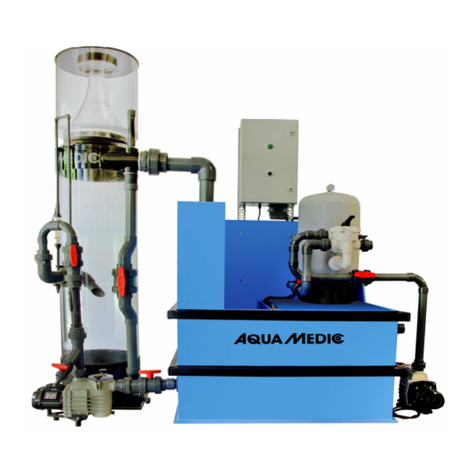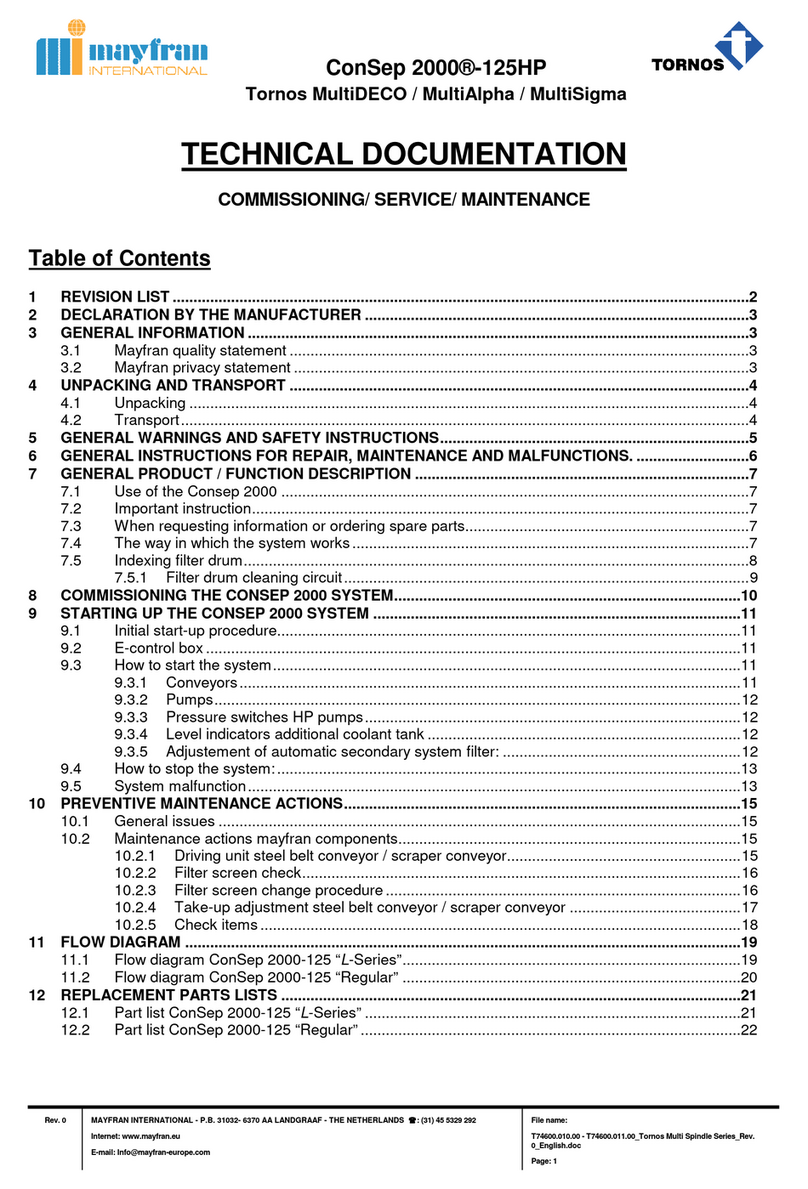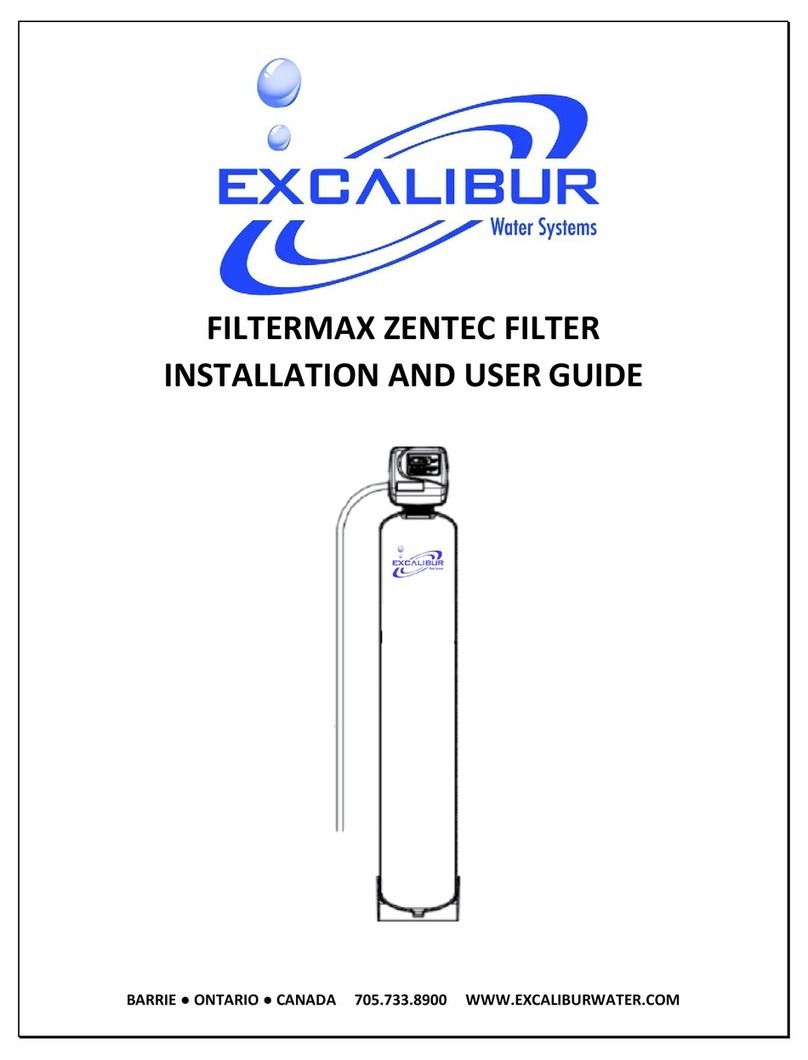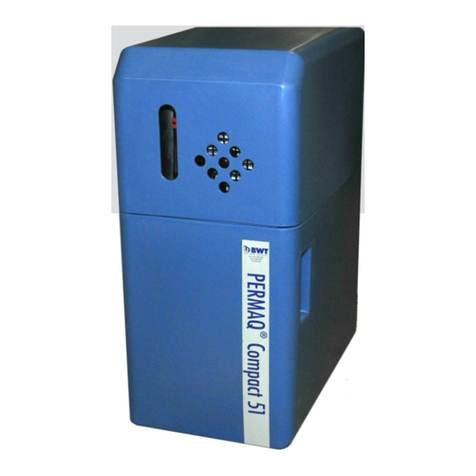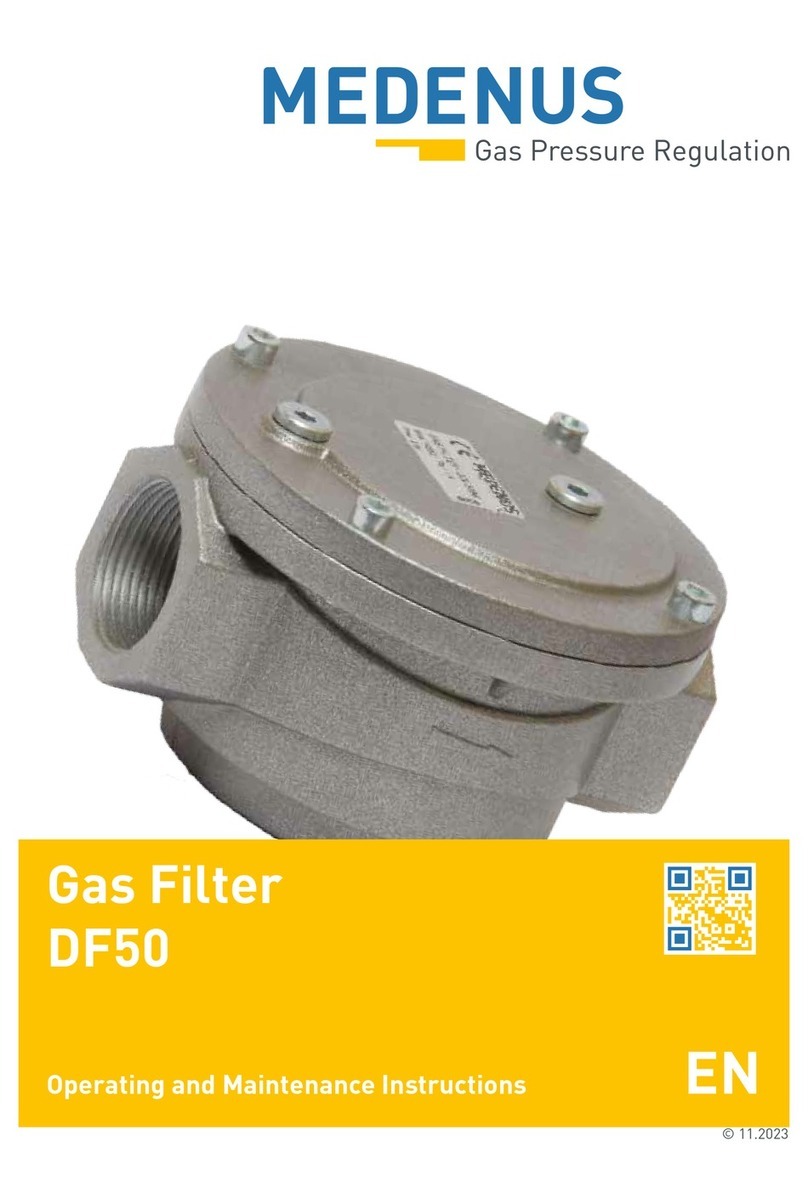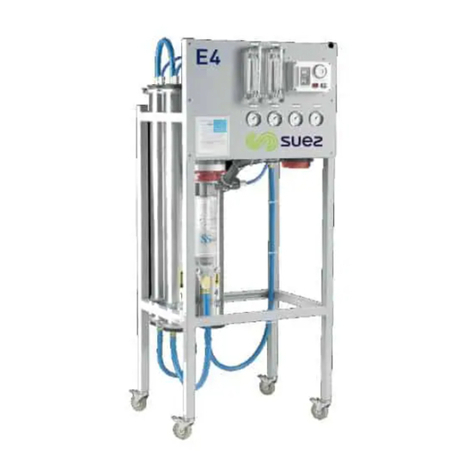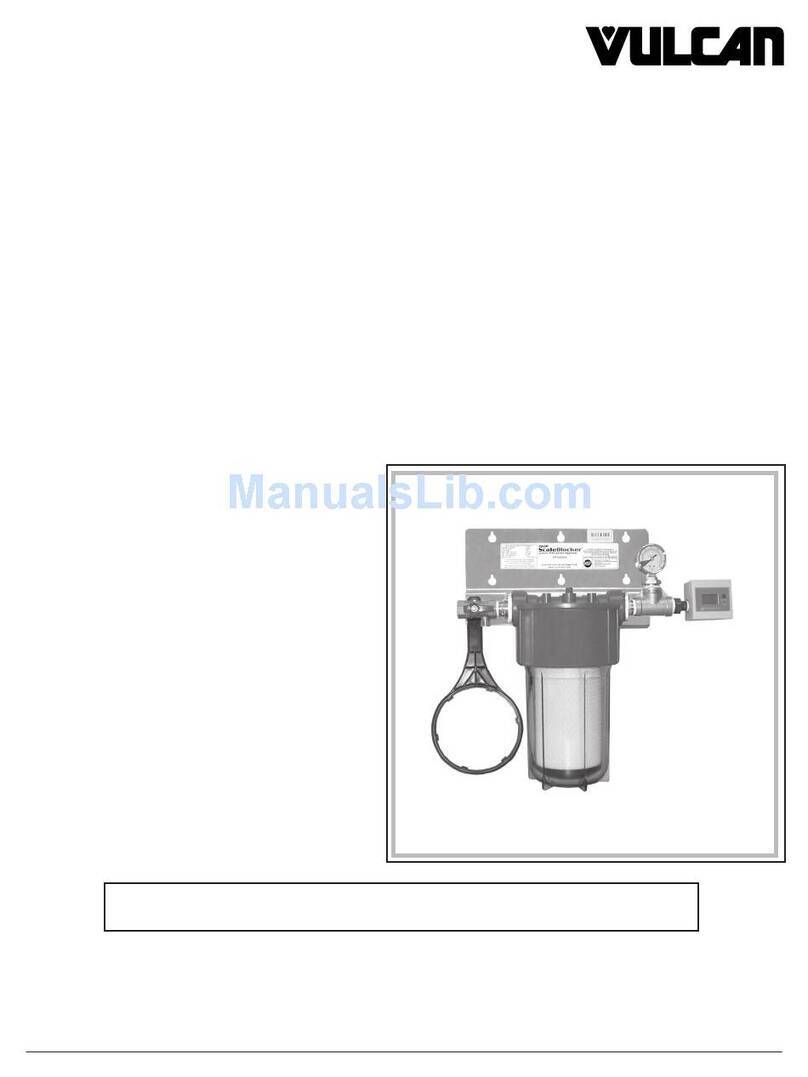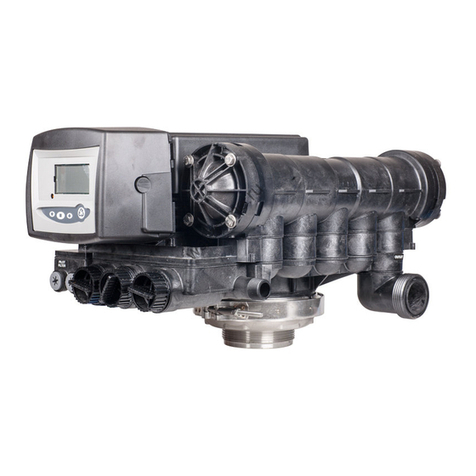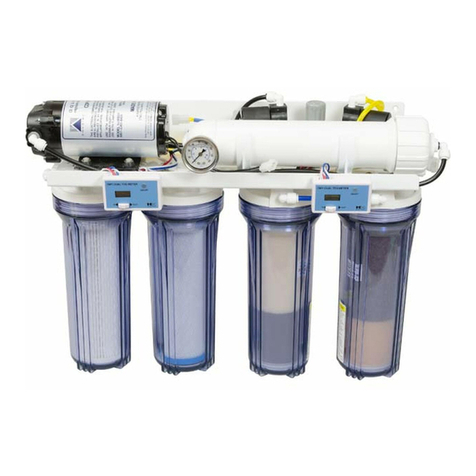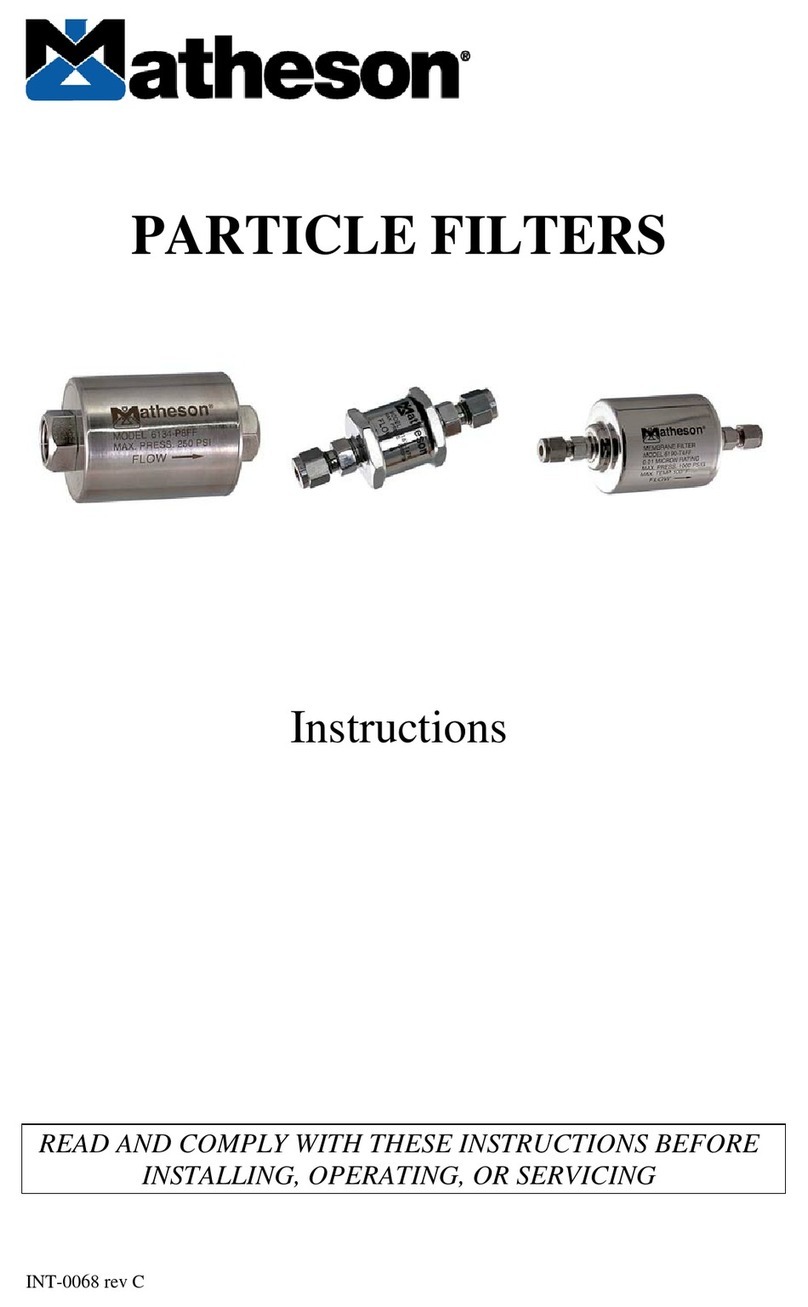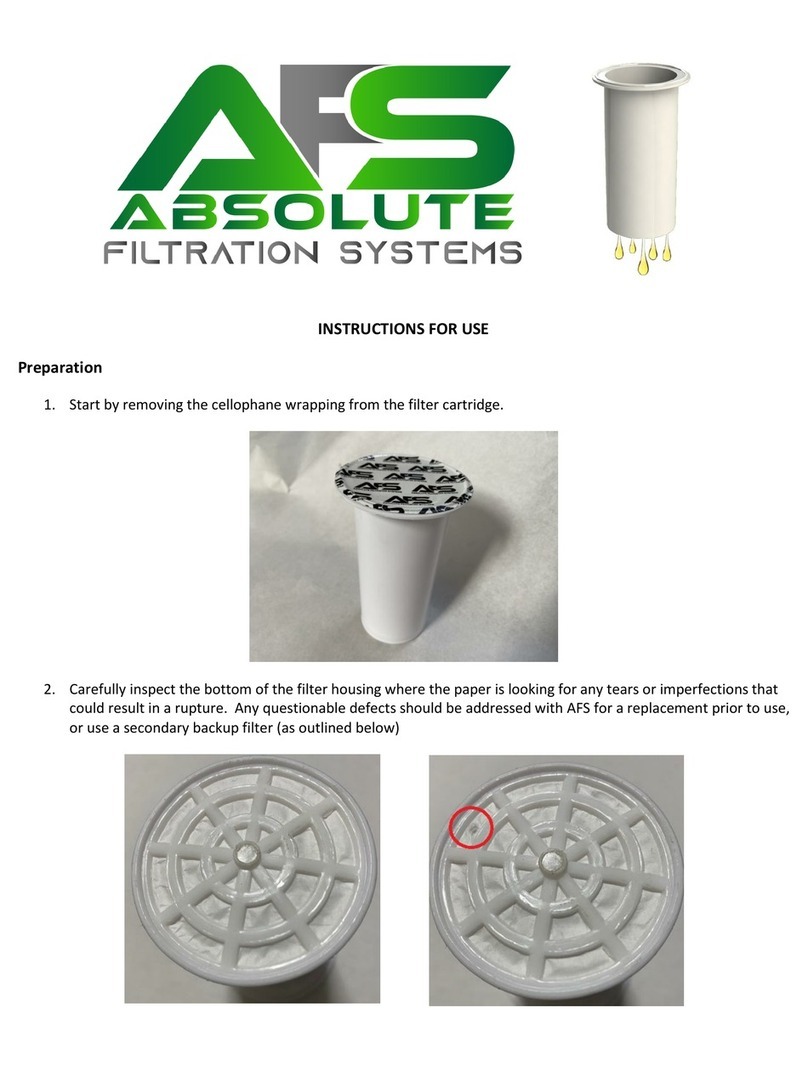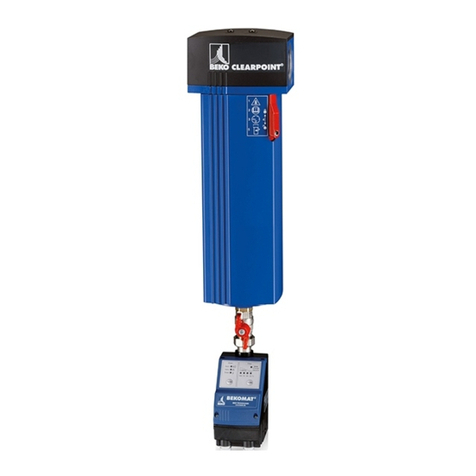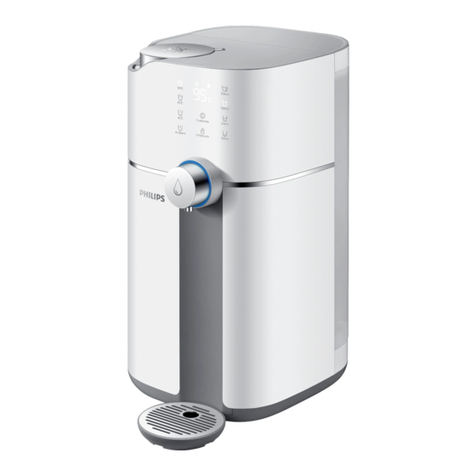
Aerospace Filtration Systems, Inc.
MD500-IBF-KIT-OMM/IPL Proprietary Information
Use or disclosure of this material is subject MD500 IBF Operation & Maintenance Manual/
to the restrictions on the title page Illustrated Parts List - Revision B
3
1.3 CAUTIONS-WARNINGS-ADVISORIES/EMERGENCY PROCEDURES
The “AIR FILTER CLOGGED” advisory light illuminates when the pressure drop across the IBF
elements reaches the aircraft inlet differential pressure switch setting. This light serves as a
caution to the pilot that the Turbine Outlet Temperature (TOT) has increased compared to a clean
filter element, resulting in decreased turbine temperature margin. The pilot must be aware that
under normal operation, TOT gradually increases as pressure drop increases thereby reducing
power available when temperature limited. The pilot must therefore closely monitor TOT;
continued operations in an environment causing the pressure drop and TOT to continue to increase
will eventually result in a reduction in power available. Therefore, upon illumination of the
advisory light, the pilot must evaluate current conditions, closely monitor TOT, and assess mission
requirements to determine whether to continue the flight, open the bypass door or return to place of
origin or nearest airfield. The bypass door is mechanically opened by the pilot from the cockpit by
pulling a lever mounted above and behind the left crew seat. This lever is connected through a
control cable to the bypass door located on the right side of the upper aft fairing assembly. Prior to
opening the bypass door however, the pilot must to the extent possible take action to avoid
operations in any environment that would be harmful to the unprotected engine. Emergency
conditions, requiring immediate opening of the bypass door, could result while operating in
extended brown out conditions, inadvertent icing conditions, or upon accumulation of foreign
object(s) (e.g. shedding a sheet of ice or multiple small objects including bird/insect strikes). Such
emergency conditions would be evident to the pilot by the illumination of the “AIR FILTER
CLOGGED” advisory light followed by an immediate increase in TOT.
2.0 AIRWORTHINESS LIMITATIONS & MAINTENANCE REQUIREMENTS
2.1 NORMAL SERVICE LIMITS
The actual service interval must be based on a combination of tracking engine Power Check data
(Refer to Section V of the applicable MD500 Series Rotorcraft Flight Manual), cumulative
operating hours, “AIR FILTER CLOGGED” indication and visual inspections. Any steady
illumination of the “AIR FILTER CLOGGED” light, where the pressure sensor and indicating
system are shown to be working properly, requires servicing of the filter elements at the earliest
opportunity. The gradual increase in pressure drop across the IBF elements causes a reduction in
temperature margin as measured by the Power Check. When possible, in order to minimize
unnecessary filter changes, the servicing of the IBF should only be performed after standard
troubleshooting methods are exhausted and the only remaining suspect performance driven
anomaly is inlet pressure loss. The recommended service interval is 500 hours or annually,
which can be coupled with other aircraft/engine inspections, this may be preempted by an air
filter indication light or an FMA indication. The decision whether to service the filter based on
the results of a visual inspection will reside with the pilot. If physical evidence is present that a
fungus is growing over a substantial portion of the filter media assembly (30% per assembly), it
will require servicing. Maximum number of service cycles (i.e., cleaning/oiling) is limited to 15
for each filter assembly. The forward and upper filter assemblies include a data plate that must
be scribed to track filter service cycles (see paragraph 3.9). If installed, the FMA should
periodically be checked during scheduled maintenance intervals or on condition for condition
and security. It is recommended that the function check be performed annually per Section 4.5.




















